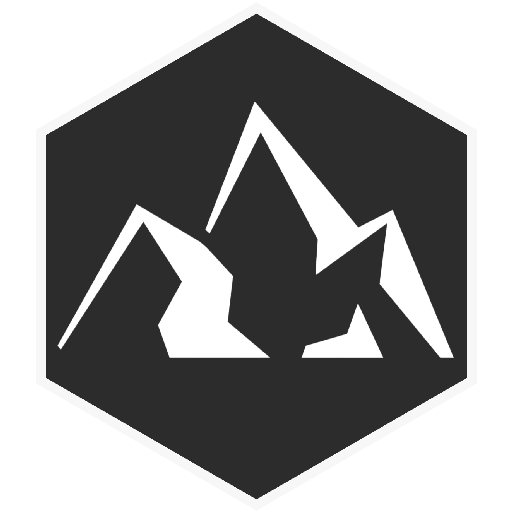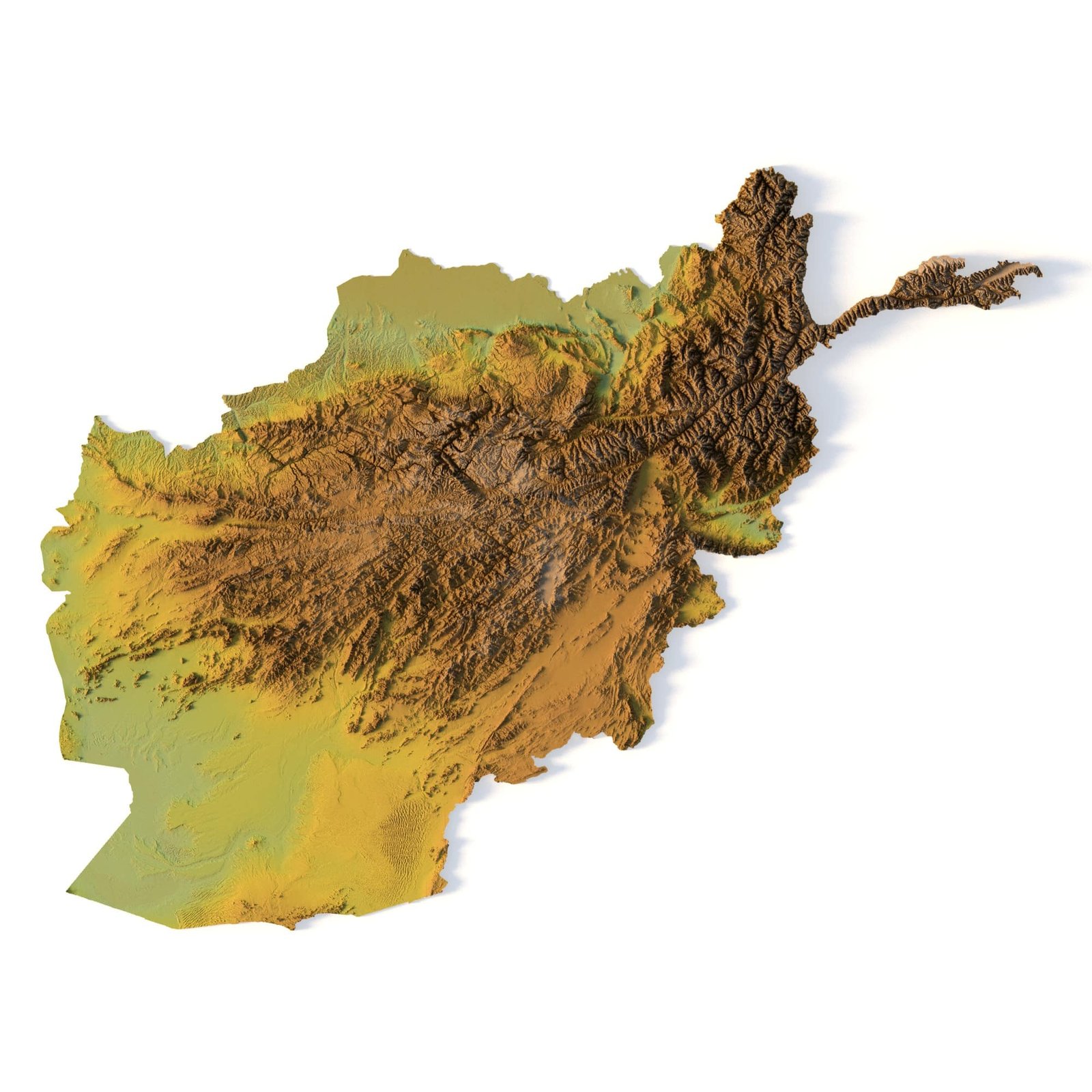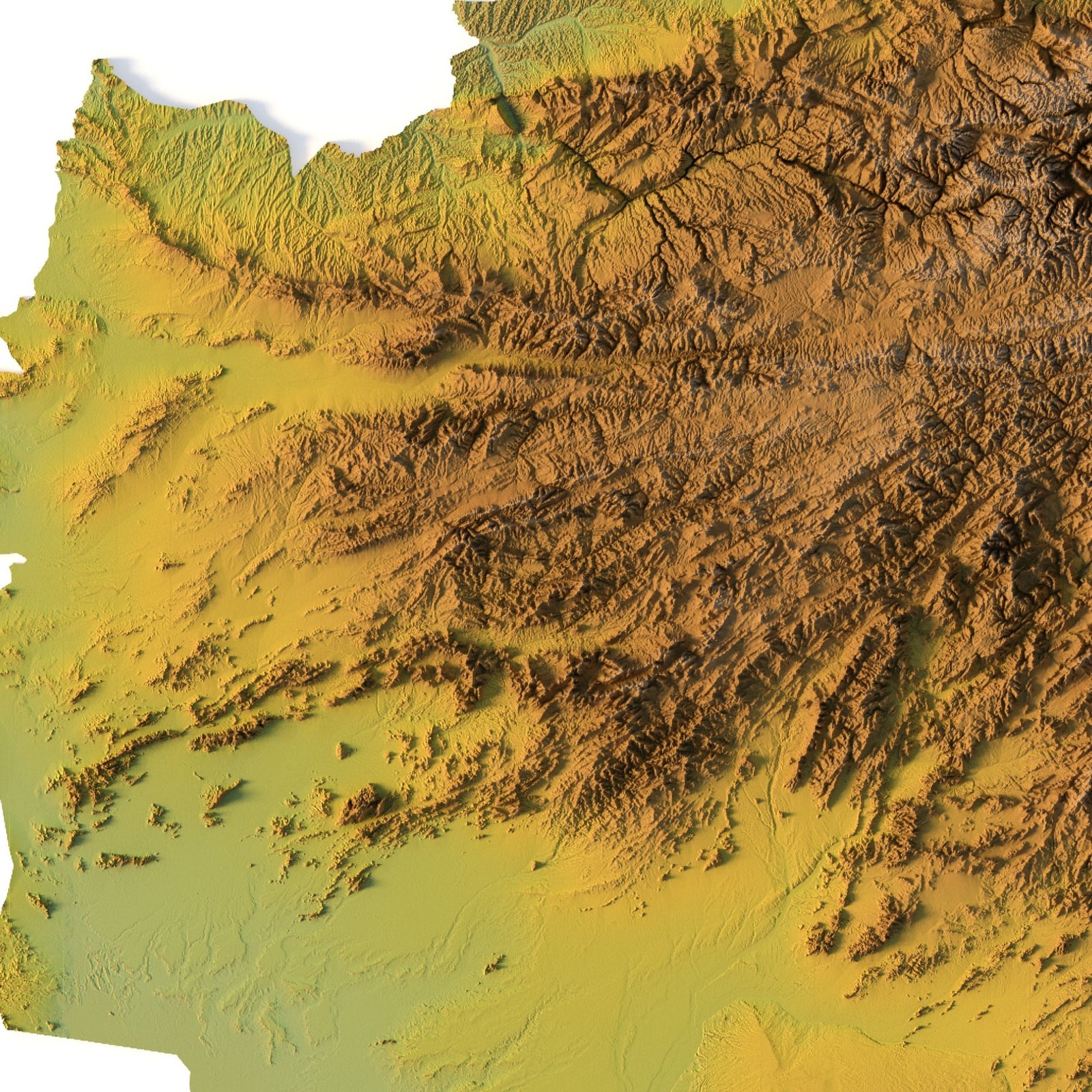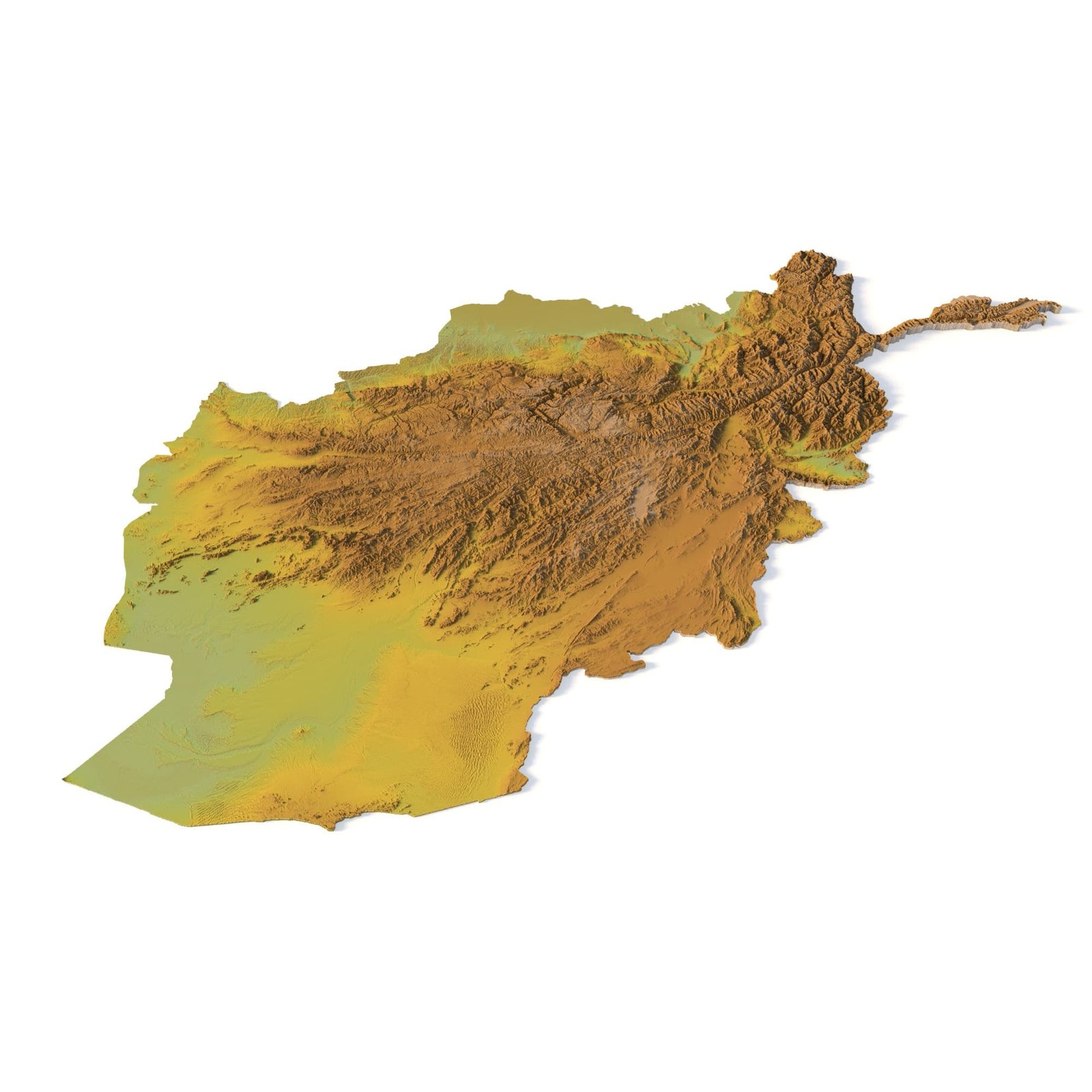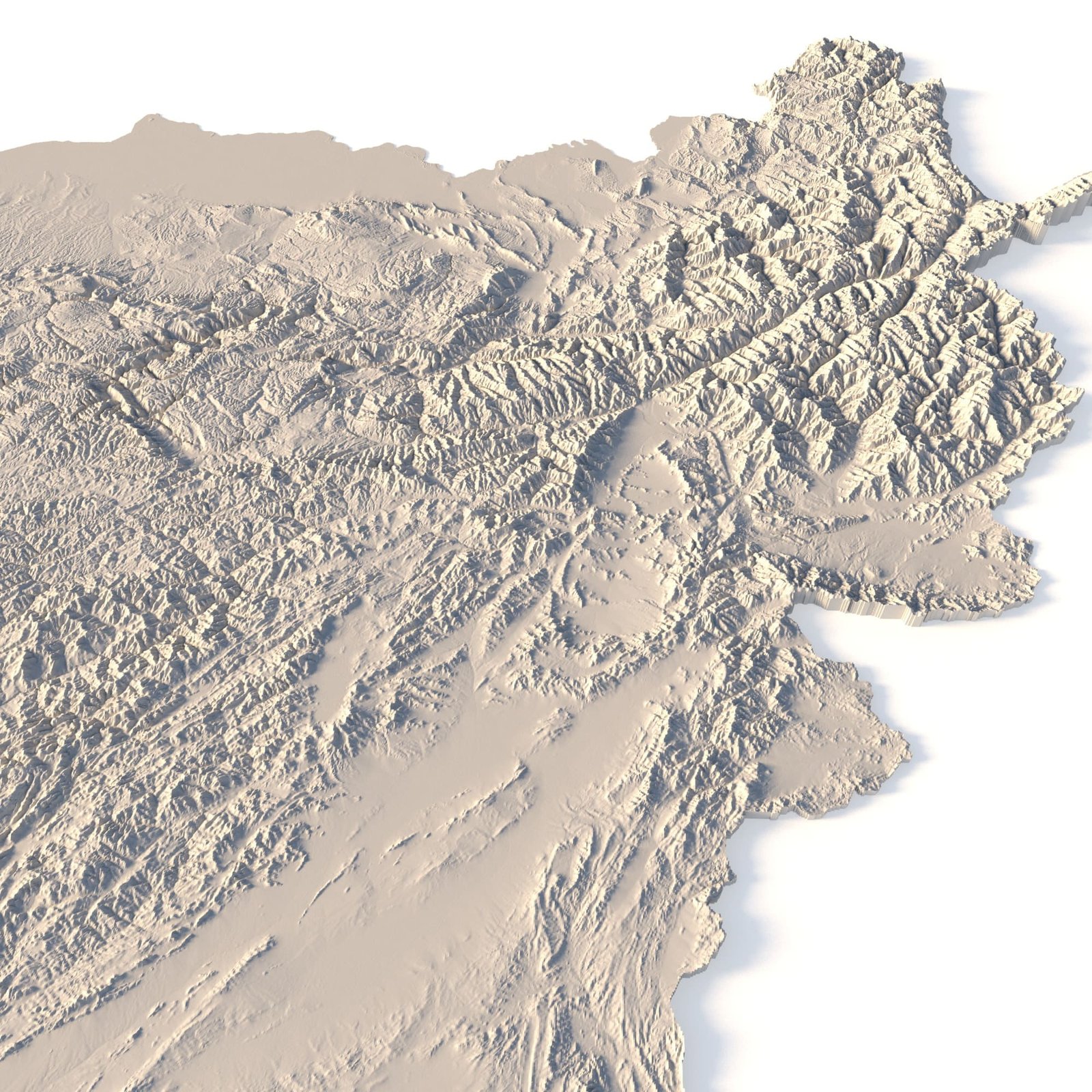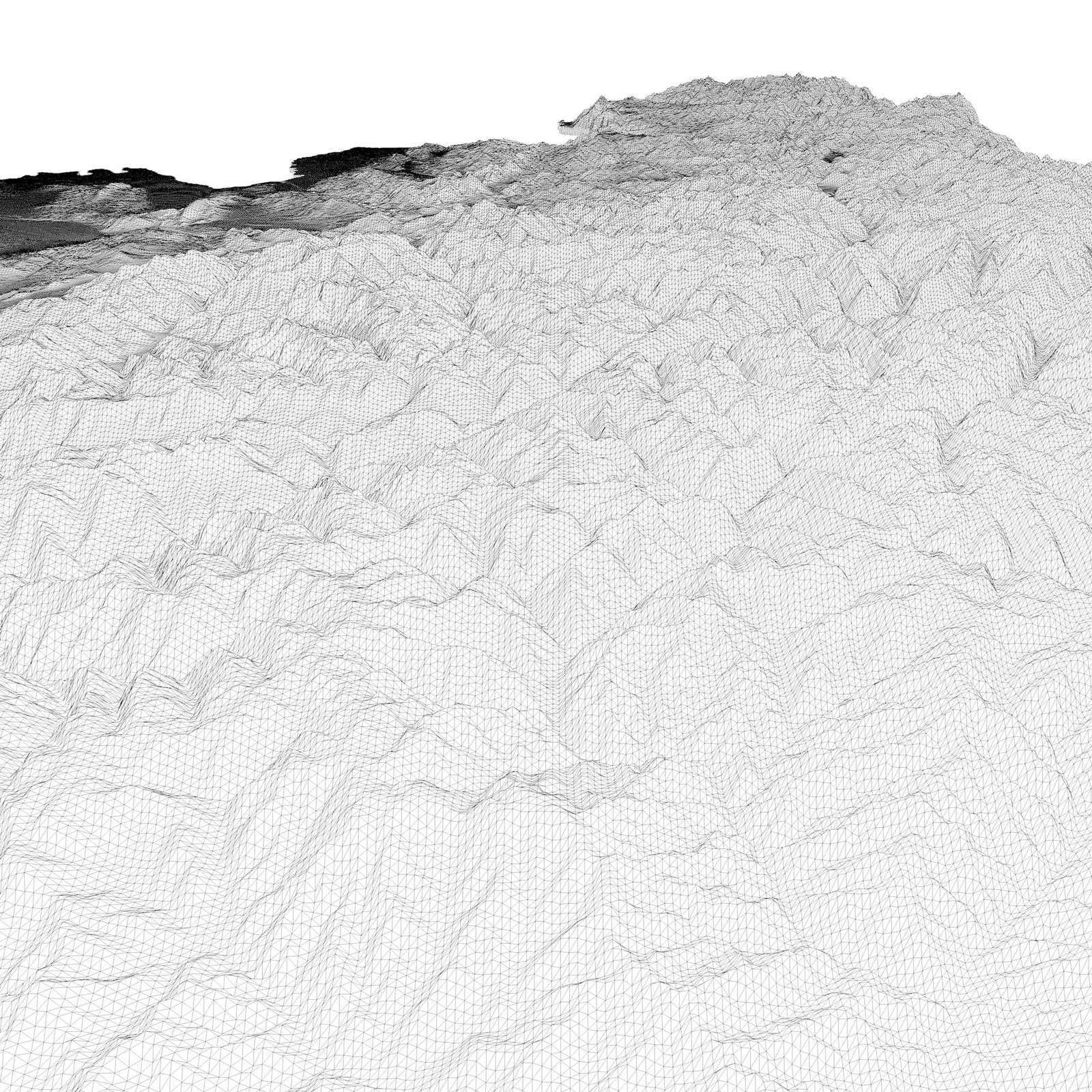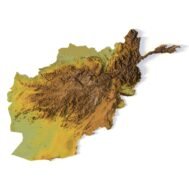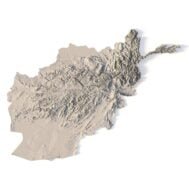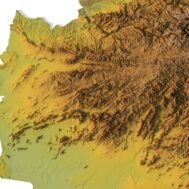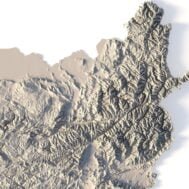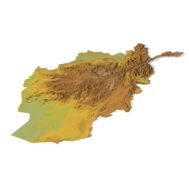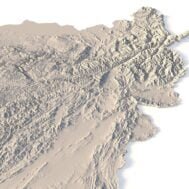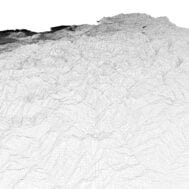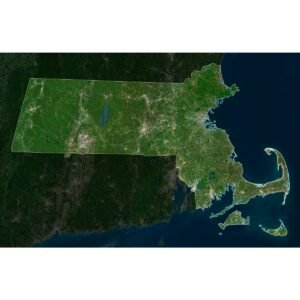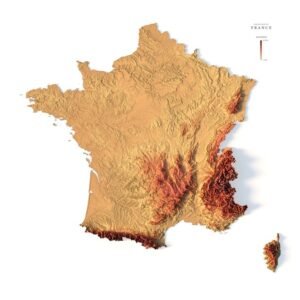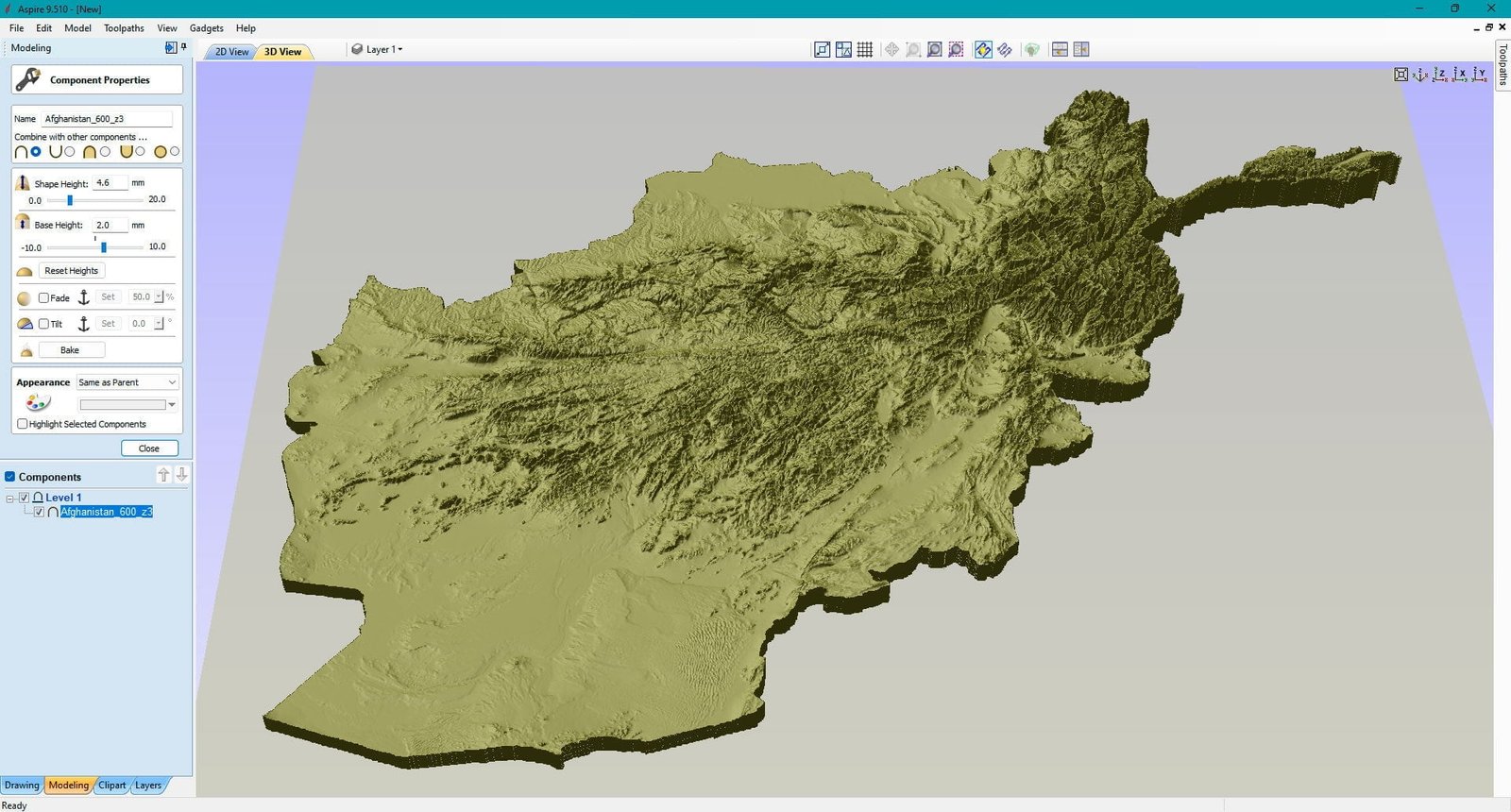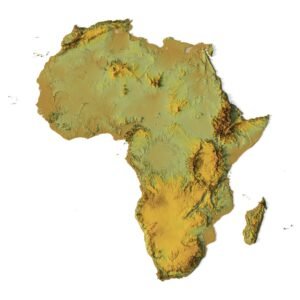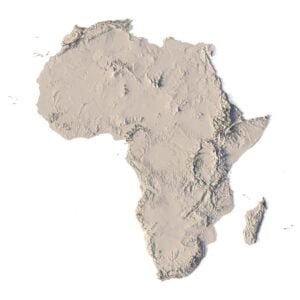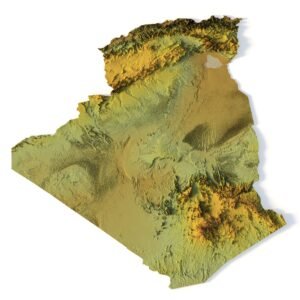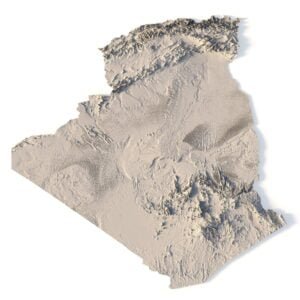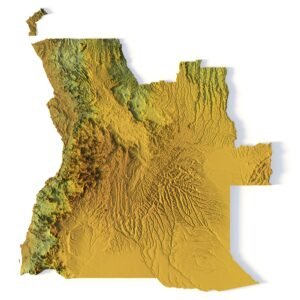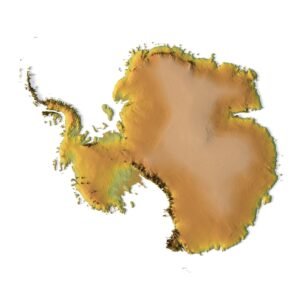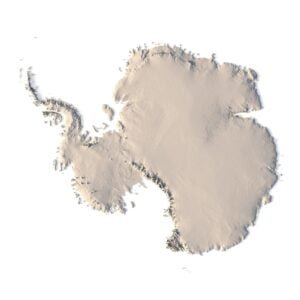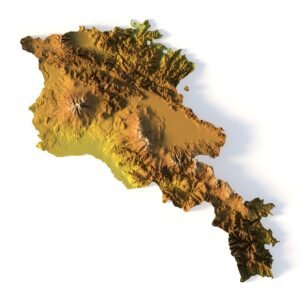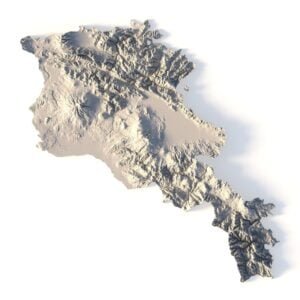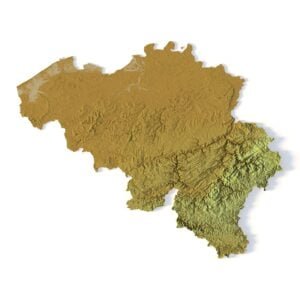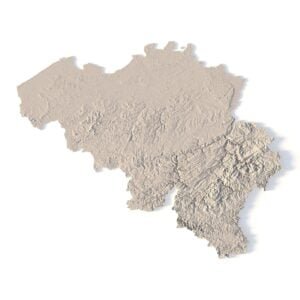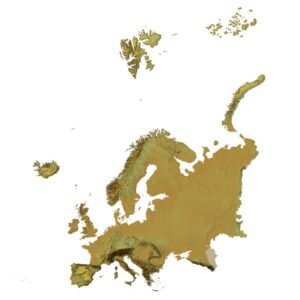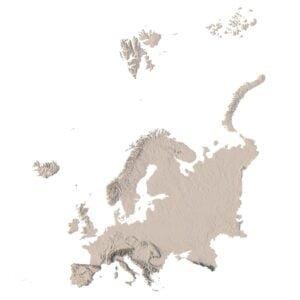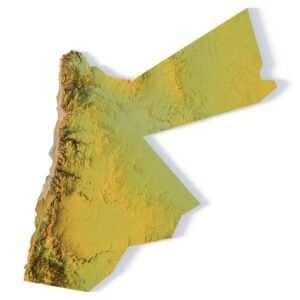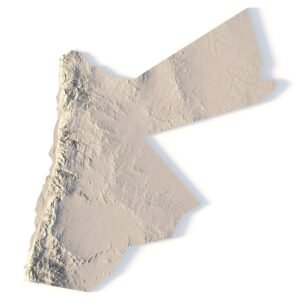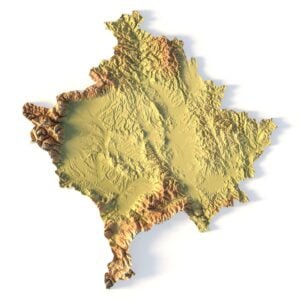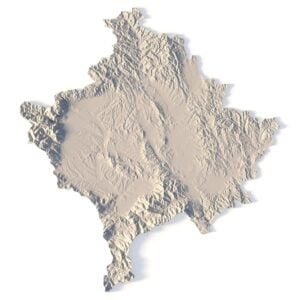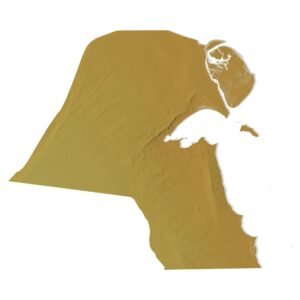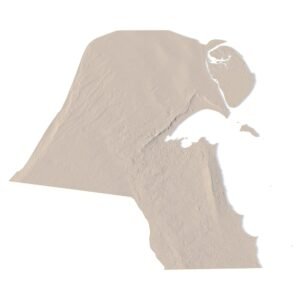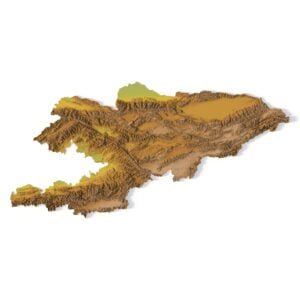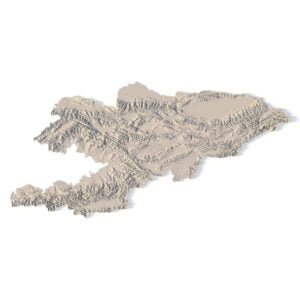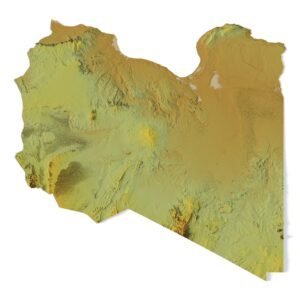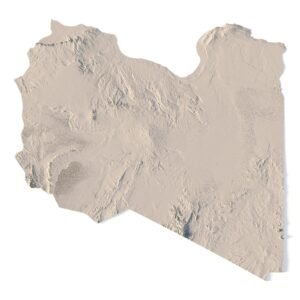Afghanistan is located in Central Asia and is often recognized as the “Crossroads to Asia”. It’s surrounded by six other countries. Specifically, it borders Pakistan to the south and Iran to the west. Then, Turkmenistan, Uzbekistan, and Tajikistan are to the north. Finally, China is to the northeast of Afghanistan. It occupies an area of 652,864 square kilometers (252,072 sq mi), which is similar in area to France or the state of Texas. Kabul is the capital city of Afghanistan and is one of the 100 most populous cities in the world.
What can I use a 3D model in STL format for?
STL model of Afghanistan can be used for various purposes:
- Making physical models from plastic or photopolymer using 3D printers
- Making models of wood or metal using CNC machines
- Making a high-resolution relief using 3D laser markers
- Making of “master forms” for duplication of products using foam polystyrene or concrete
- Creating relief map
- Creation of low-polygonal models for computer games
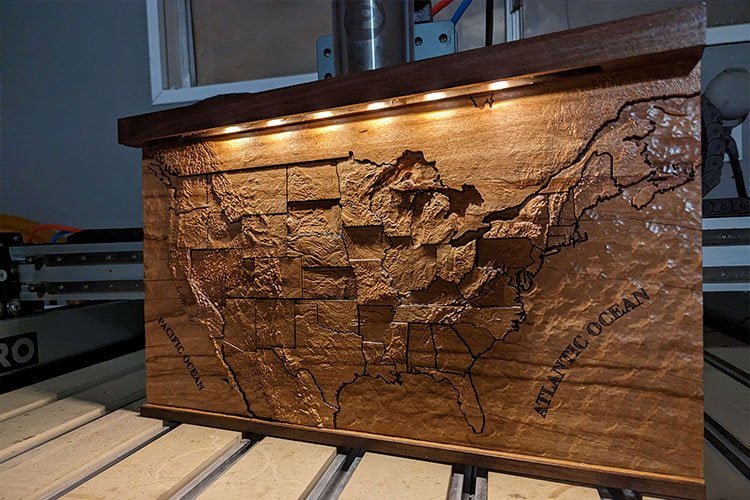
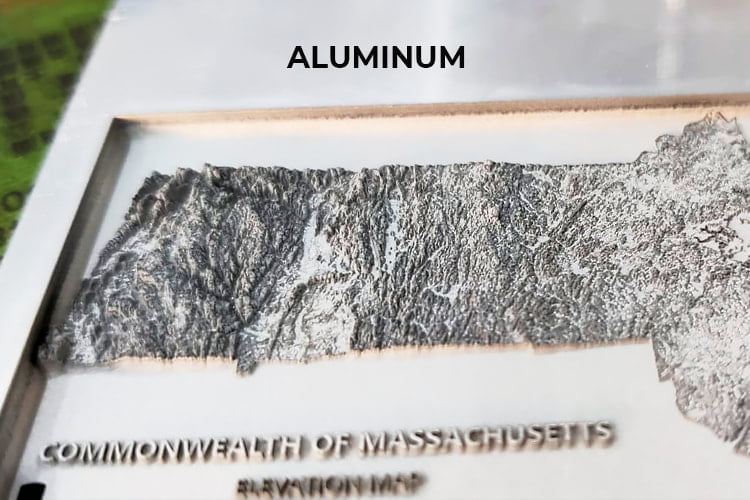
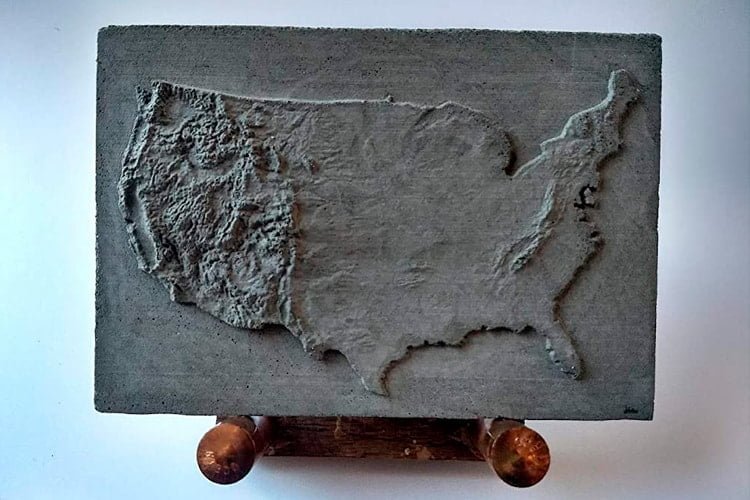
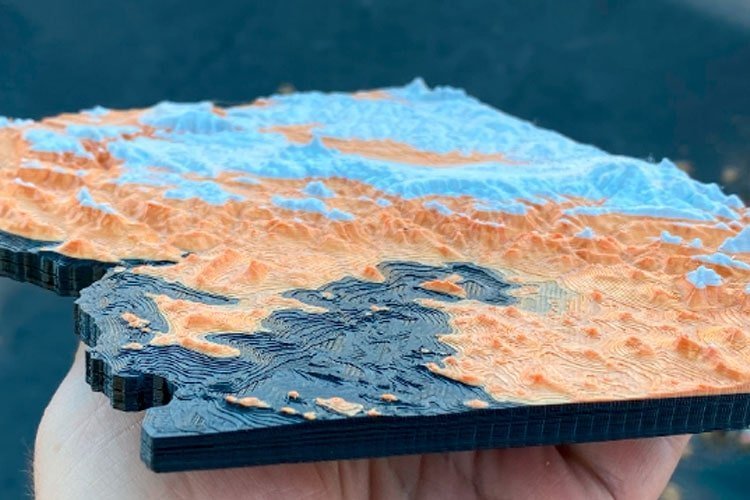
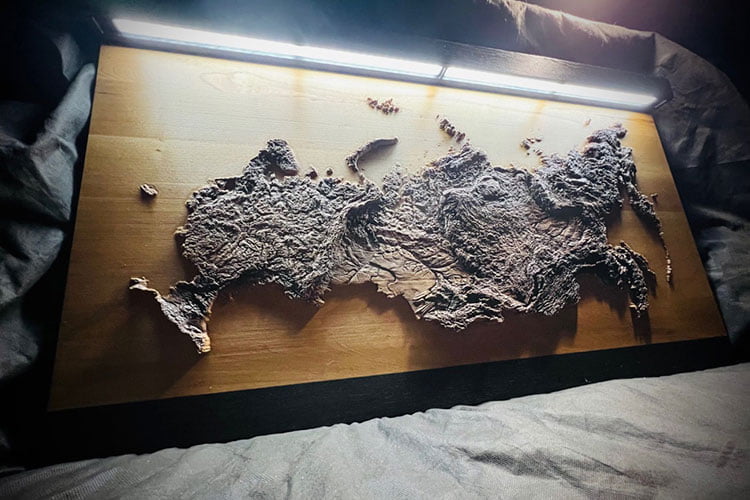
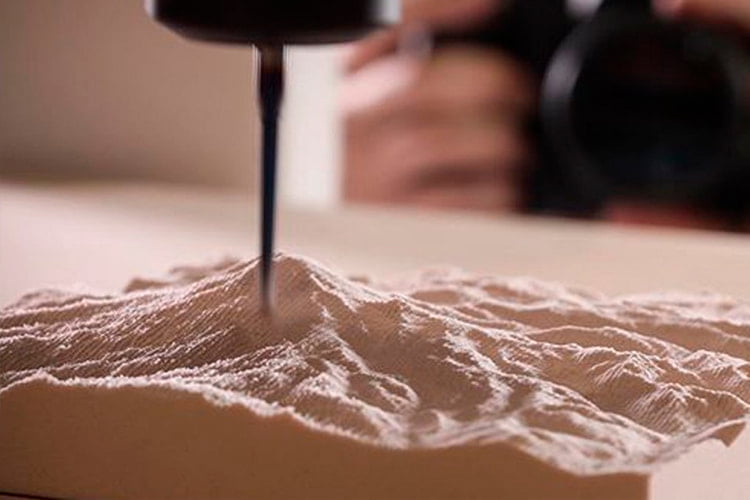
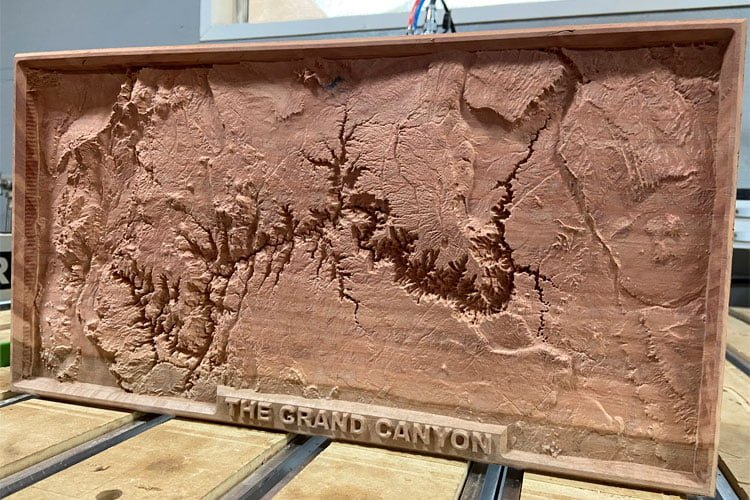
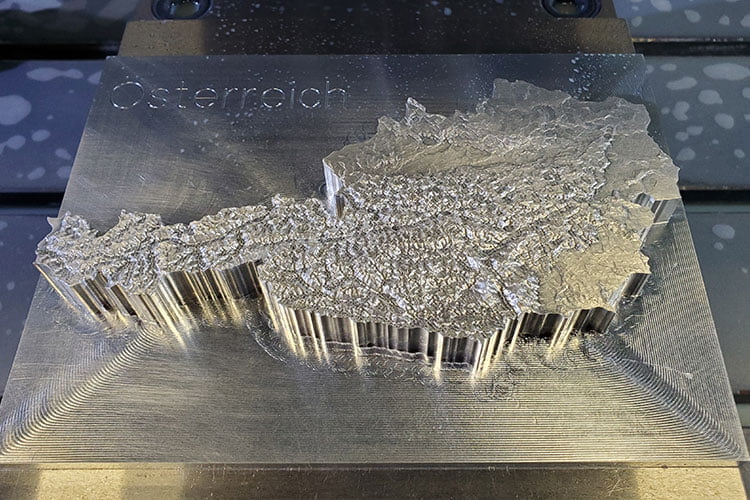
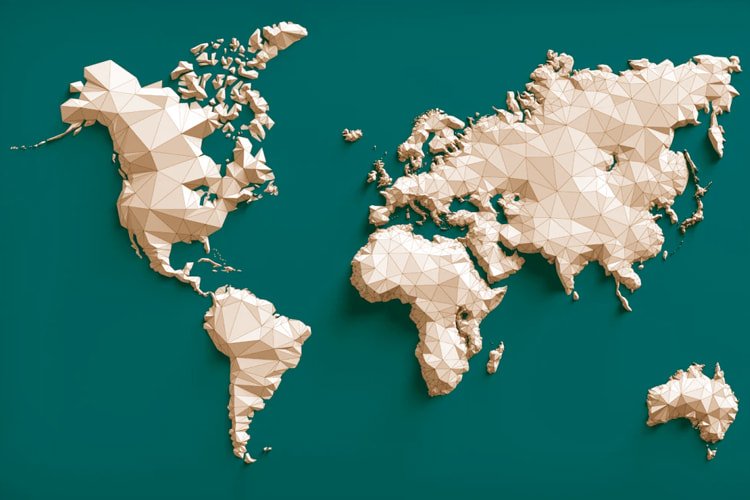
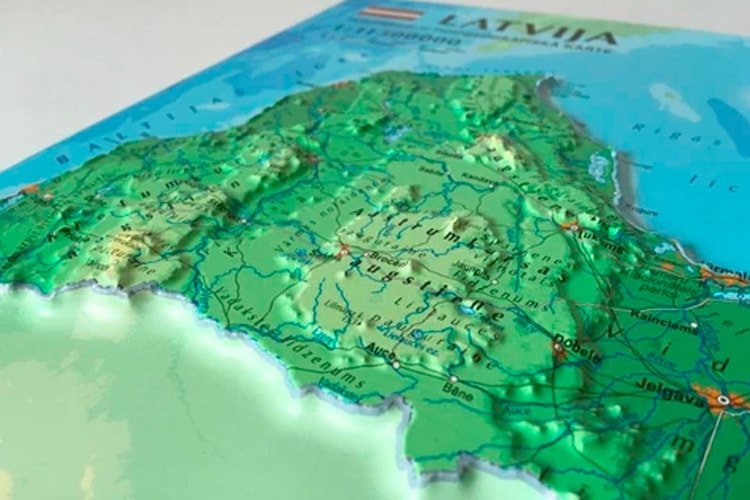
What is the resolution of the 3D model of Afghanistan?
With the development of technology, it is becoming possible to produce more and more precise relief models.
For example, there are 3D printers that can print models with a layer height of 0.16 mm, 0.1 mm, 0.05 mm, or even less. These devices require high-quality models. But a higher-quality 3D model contains more polygons and has a larger file size. One of the challenges is to find a compromise between the file size of the STL model, which would be convenient to work with, and the desired quality of the finished product.
The 3D model of Afghanistan has a fairly large size and many polygons.
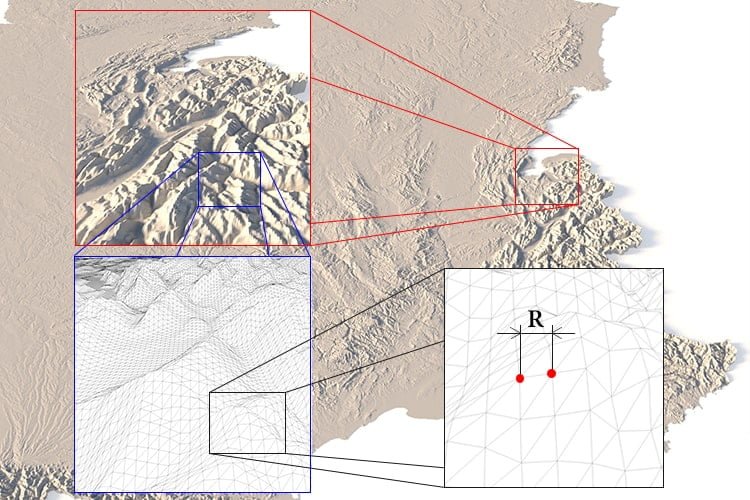
How do I change the parameters of the STL model of Afghanistan?
You can easily resize the model in any program that allows you to import STL files.
In addition to changing the scale in width, length, and height, you can add a higher base. You can also use anti-aliasing tools, add bulk text, reduce the number of polygons, etc.
